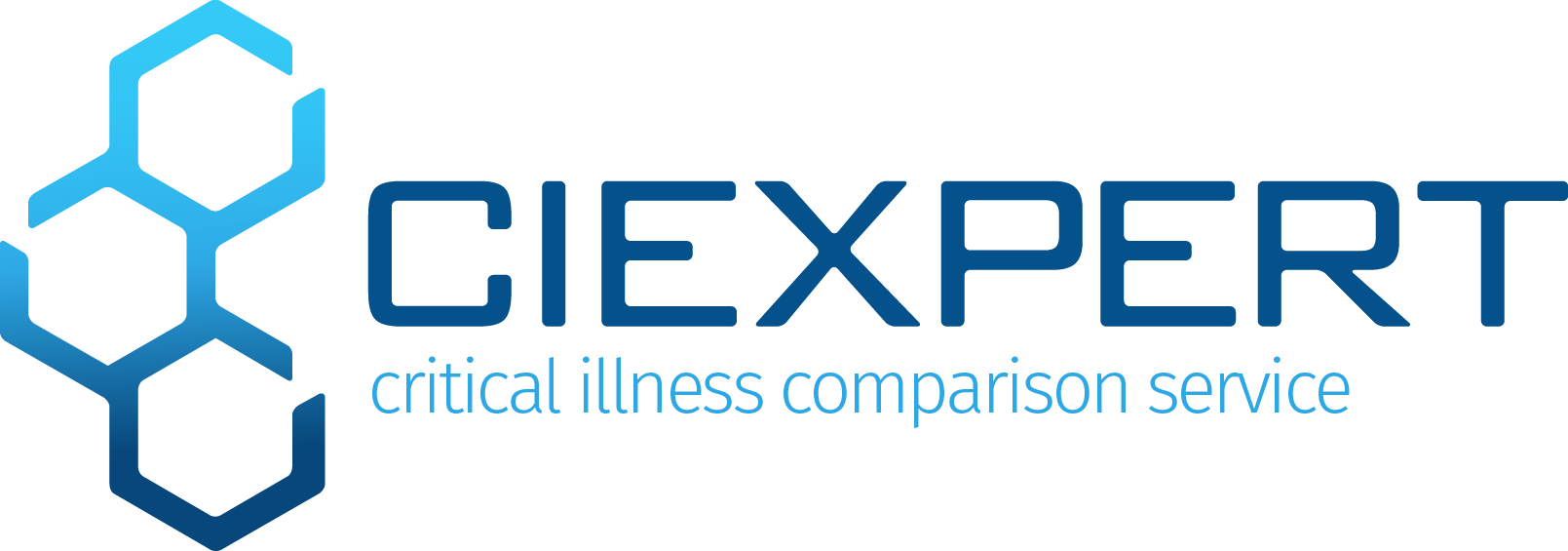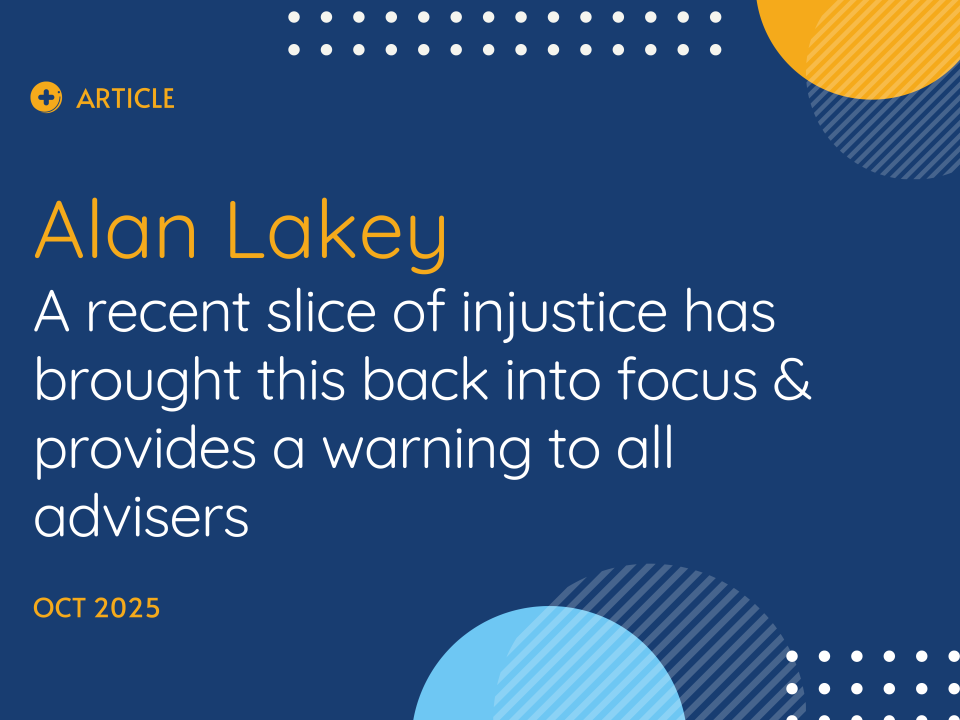All changes are positive and serve to increase likelihood of a successful claim, says Alan Lakey.
ALAN LAKEY
Vitality has made a number of enhancements to its serious illness cover (SIC) plans, including changes to optional child cover.
Taking effect on 23 November, existing policyholders are able to upgrade their plan to include the upgrades (subject to underwriting). As well as additional four conditions, there have been changes to six existing conditions as well as children's cover, while 23 conditions will be paid out on once claimant is added to the NHS waiting list.
"All of the changes are positive and serve to increase the likelihood of a successful claim," said Alan Lakey, director of CIExpert. "It is noticeable how, over the past five years, the differences between the VitalityLife serious illness cover and the traditional critical illness plan designs have edged closer to each other.
"Most quality plans now include a multitude of additional payment conditions whilst the VitalityLife booster option has addressed the disparity regarding 100% payment conditions," he said.
Read the CIExpert analysis of the new conditions and definition enhancements below.
New Conditions Added
Desmond-type Fibromatosis
This is a benign tumour of the connective tissue cells. The claim trigger is positive diagnosis and treatment by surgical removal, radiotherapy or chemotherapy. This is a category E condition (15% payment). Historically this condition was treated by surgery but is now more likely to be monitored under watchful waiting. Incidence is 3 per million - around 195 p.a. in the UK - and affects females more than male.
Myasthenia Gravis
This is a rare condition causing muscle weakness. Claim requirement is clinical impairment of motor function with an exclusion for a diagnosis limited just to the eyes. Incidence figures are 2.5 per million. Around 75% of these are likely to qualify, albeit sometime after the initial diagnosis. This is a category E condition (15% payment).
Necrotising Fasciitis
A life-threatening known to tabloid readers as the ‘flesh-eating disease'. The claim trigger is a definite diagnosis with immediate surgical removal of necrotic tissue. There are around 500 diagnoses annually although there is an overlap with other conditions such as kidney failure, peripheral vascular disease and diabetes. Around 25% of sufferers die quite quickly. This is a category C payment - 50% payment.
Severe Sepsis
This is the body's immune system overreacting to an infection. Claim requirement is a definite diagnosis with one additional organ dysfunction requiring admission to an intensive care or high dependency unit for a minimum of 72 hours. This is a category E condition (15% payment). More likely to affect the young and the elderly. We have calculated that around 13% of sufferers will meet the claim requirement.
Changes to Existing Conditions
Heart Attack
The four claims wordings have been reduced to three. The 50% payment for a specified level of raised Troponin's has been removed and heart attack without specific levels of raised enzymes has been improved from category D (25% payment) to category C (50%).
Carcinoma in-situ
The wording has been altered to specifically incorporate Gastrointestinal Stromal Tumours and Neuroendocrine Tumours and for the avoidance of doubt diagnostic procedures have been specifically excluded. This is a category E condition (15% payment).
Motor Neurone Disease
Currently, claims are limited to the four motor neurone diseases stipulated within the ABI Minimum Standards document. Two additional MND conditions - Kennedy's disease and Spinal Muscular Atrophy have been added. This is a category D condition (25% payment).
Brain & Spinal Tumour
Spinal Tumour and two variations of Benign Brain Tumour have been consolidated into two definitions. A) a non-malignant tumour of the brain/spinal cord causing permanent deficit or treated by surgical removal. This is a category D condition (25%). B) A benign tumour paid on diagnosis. This is a category F condition (10% payment). Vitality is the only insurer choosing to make a payment on diagnosis alone.
Third Degree Burns
This condition is being renamed ‘Extensive Skin Burns' with a revised claim wording. Four payment levels are offered dependant on the extent of the burns - 20% of the body or 25% of the face is category A (100%), 15% body/20% face is category B (75%),10% body/15% face is category C (50%) and 5% body/10% face is category E (15%).
Guillain-Barre Syndrome
Currently a Category B condition (75%) the coverage has been broadened to accommodate two levels of severity. The existing wording has been tweaked to require evidence of at least two years continual and permanent weakness or numbness with residual deficit measuring three on the Modified Rankin Scale. A less severe version has been added requiring a minimum of only six months and without reference to the Modified Rankin Scale. This is a category F condition (10% payment).
Children's TPD
A new claim wording has been introduced specifically for children's total and permanent disability. The child must require "constant medical attention and constant supervision by another person". This is a category A condition (100% payment).
Children's Cover
Type 1 Diabetes has now been added to the children's conditions. This is a category E condition (15% payment). Additionally, a hospitalisation benefit has been introduced which, from the 14th day of hospitalisation, pays £100 per day for up to 30 days. The benefit will not be paid if there has been a successful serious illness claim.
Waiting List
VitalityLife has recognised that the requirement for surgery may result in an unfair outcome beyond the control of the insured. Therefore 23 of conditions that require surgery will be paid upon admission to an NHS waiting list.
Aorta Graft, Brain & Spinal Tumour
Bilateral Orchidectomy
Coronary Artery By-pass Grafts
Craniotomy or endovascular treatment of a Cerebral Arteriovenous Malformation
Femoral Artery Aneurysm Repair
Heart Valve Repair/Replacement
Iliac Artery Aneurysm Repair
Keyhole By-pass Surgery
Lobectomy
Pericardectomy
Permanent Defibrillator Insertion
Permanent Pacemaker Insertion
Pneumonectomy
Pulmonary Arterial Hypertension
Severe Peripheral Vascular Disease
Stereotactic Brain Surgery
Surgical Repair of a Structural Abnormality of the Heart
Surgical Repair of a Tracheal-oesophageal Fistula
Surgical Repair of an Atrial or Ventricular Defect
Syringomelia/Syringobulbia
Booster
Booster is an option that elevates the payment percentages of certain conditions up to 100% of the sum insured. The payouts for the new conditions, severe sepsis, necrotising fasciitis and desmoid type fibromatosis are not elevated where Booster is selected.




